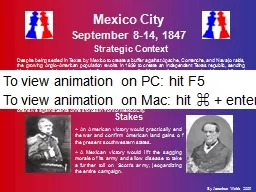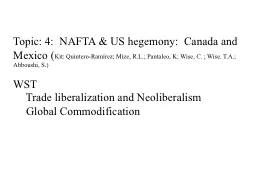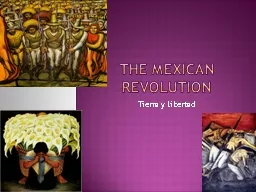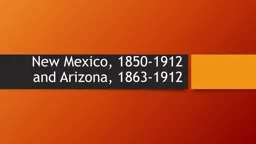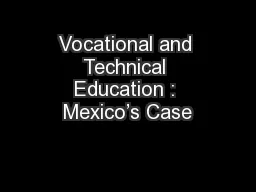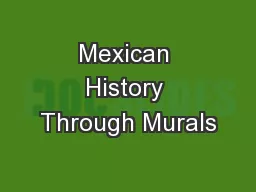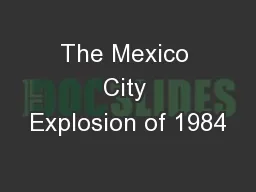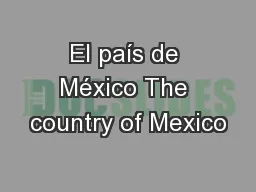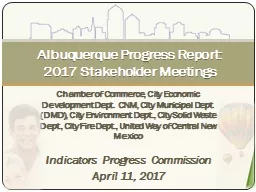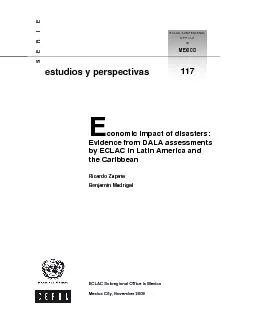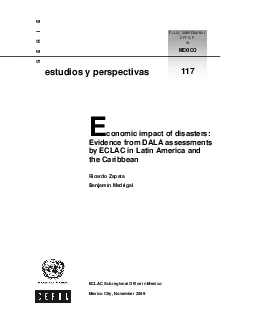PPT-Mexico City
Author : alexa-scheidler | Published Date : 2017-03-28
September 814 1847 Strategic Context Despite being settled in Texas by Mexico to create a buffer against Apache Comanche and Navajo raids the growing AngloAmerican
Presentation Embed Code
Download Presentation
Download Presentation The PPT/PDF document "Mexico City" is the property of its rightful owner. Permission is granted to download and print the materials on this website for personal, non-commercial use only, and to display it on your personal computer provided you do not modify the materials and that you retain all copyright notices contained in the materials. By downloading content from our website, you accept the terms of this agreement.
Mexico City: Transcript
Download Rules Of Document
"Mexico City"The content belongs to its owner. You may download and print it for personal use, without modification, and keep all copyright notices. By downloading, you agree to these terms.
Related Documents

